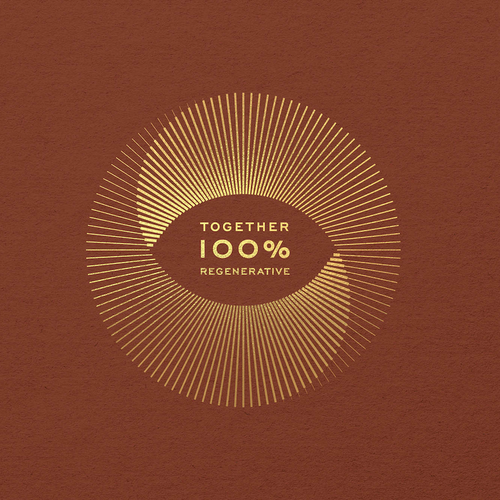Total: €0,00
Taxes and shipping calculated at checkout

Aneesh Popat is a self-taught chocolatier in London with a degree in Mathematics and background in Philosophy. He fell in love with chocolate due to its unique qualities and has dedicated himself to perfecting his skills, constantly learning and researching the industry. He was inspired by his grandmother, a master cook who fuses Eastern flavors with chocolate. With guidance from a MOF Chocolatier and support from the industry, Aneesh continues to strive for excellence in his craft.
Original Beans interviewed Aneesh to give you a glimpse into his kitchen. Discover the behind-the-scenes secrets of how he serves you the best pralines for Valentine's Day and the rest of the year.
More Stories